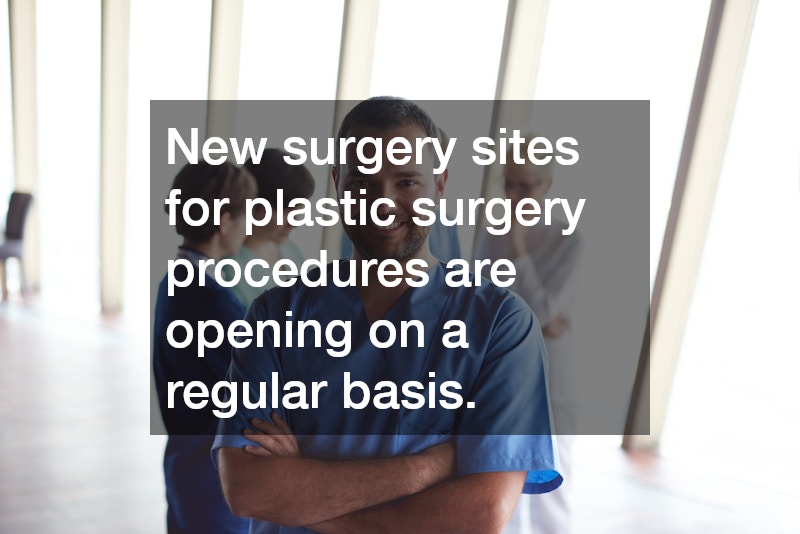
Updated 10/17/24
Many people who are concerned about their appearance become curious about plastic surgery. Some who want to change their appearance will first try non-surgical procedures, such as microneedling or Botox. Despite these non-surgical attempts, new surgery sites for plastic surgery procedures are opening on a regular basis.
If you have decided to have a plastic surgery procedure, you may wonder what will happen. According to the Mayo Clinic, when you first consult a plastic surgeon, they will gather your medical history and then examine you. You will have the opportunity to ask questions and to learn if the changes you envision are possible. The surgeon can also give you an idea of what your recovery after plastic surgery may be like. According to Plastic Surgery Connect, the future of plastic surgery will feature more implementation of AI tools.

On the day of your procedure, your surgeon will review the procedure before it occurs. You will be asked to sign a consent. The doctor will also tell you what to expect after surgery. A team member will monitor your vital signs throughout the procedure and continue to keep you informed.
In recent years, our society has moved toward an era where we value beauty more than anything. We are obsessed with makeup, fashion and the latest hair trends we see on the internet. So much so in fact, that some people will go under a knife for plastic surgery to make their beauty dreams a reality. Luckily, doctors have figured out new ways to make these surgeries safer.
Medical News reports that over 85% of plastic surgeons use fat grafting as their go-to facelift technique, because they believe that it gives them the most control when correcting the issues that arise with aging. This technique is used in one of two ways: doctors either reposition the existing fat in the face, or they use fat taken from the stomach or thigh area and pump it into the face. This technique helps the fat stay in its place for one or two years, before a follow up appointment would be necessary. However, a new technique may blow this one out of the water, as it’s safer and requires less follow ups.
Now, Dr. Andrew Jacono, M.D., F.A.C.S. and Director of the New York Center for Facial Plastic and Laser Surgery, reveals original data in the July 2015 issue of the Aesthetic Surgery Journal which supports a technique using small incisions. With small incisions, doctors are able to better restore volume to the face without using fat grafts or filler products. This means that not only is the surgery safer, due to smaller incisions, but the patients have to go through fewer injections — resulting in a lower cost. With more studies coming out frequently, doctors are finding that maybe grafting fat isn’t always the best solution for facelifts, because many times it can fill the face out too much. It is a powerful tool, but alone, it just doesn’t seem to be the smartest option anymore. Since this is now the safer and smarter option, it is more than likely that we will see fat grafting become obsolete.
“With these results comes a direct benefit for the patient,” says Dr. Jacono. “Utilizing this modified face-lifting technique may eliminate the need for recurrent injectable fillers and simultaneous fat grafting in a large percentage of cases. As a result, the patient has to undergo fewer procedures and potentially less cost.”
He also shoots down previous techniques used, saying that these techniques go too far, and give the patient an unnatural and overfilled look.
“While autologous fat grafting is a powerful tool in aging face surgery, I do believe it yields the best results when paired with a facelift that targets the midface,” said Dr. Jacono. “When autologous fat grafting is performed alone, the fullness of the drooping cheeks is not actually lifted, so the addition of fat above this widened area can result in an overly-filled appearance. This is commonly seen in celebrities and on the streets of NYC and LA.”
A survey found that 85.2% of surgeons of the American Society of Plastic Surgeons (ASPS) use the old fat grafting technique, so we’ll see if this new method takes off.
It has also been found that patients who get facelift after the age of 65 aren’t actually at higher risk for complications, as was previously thought. In fact, it may be easier to complete the procedure on an older patient.




